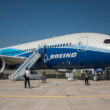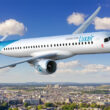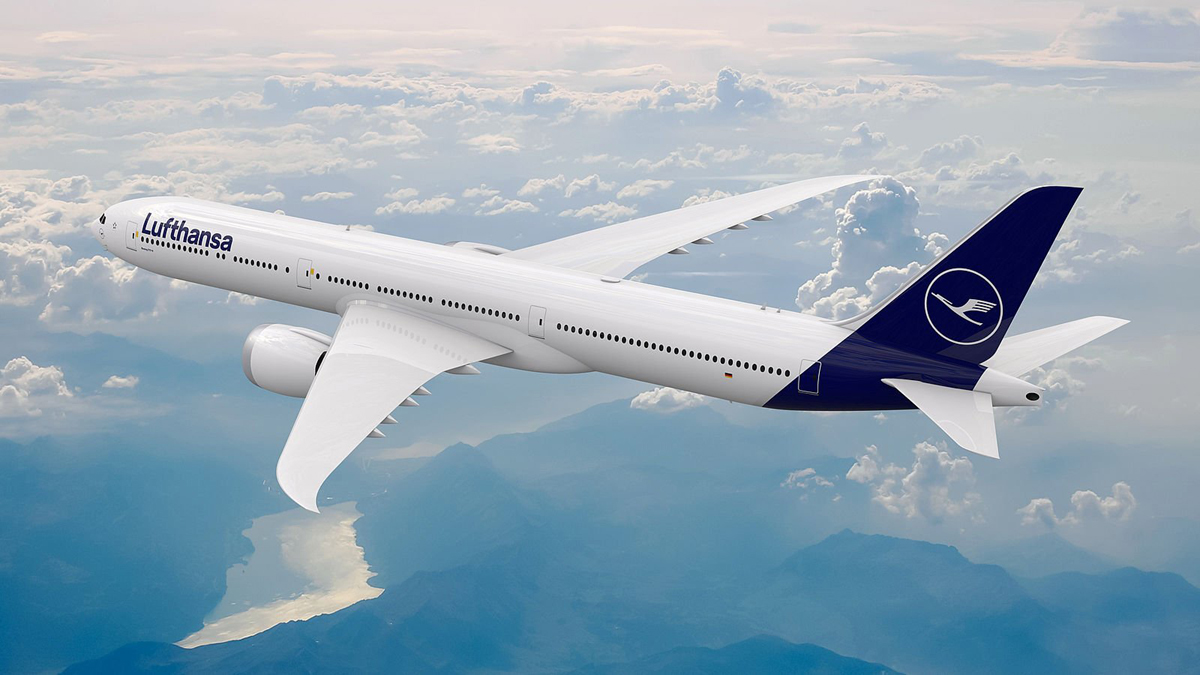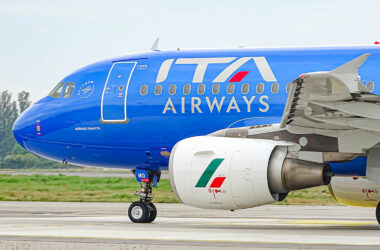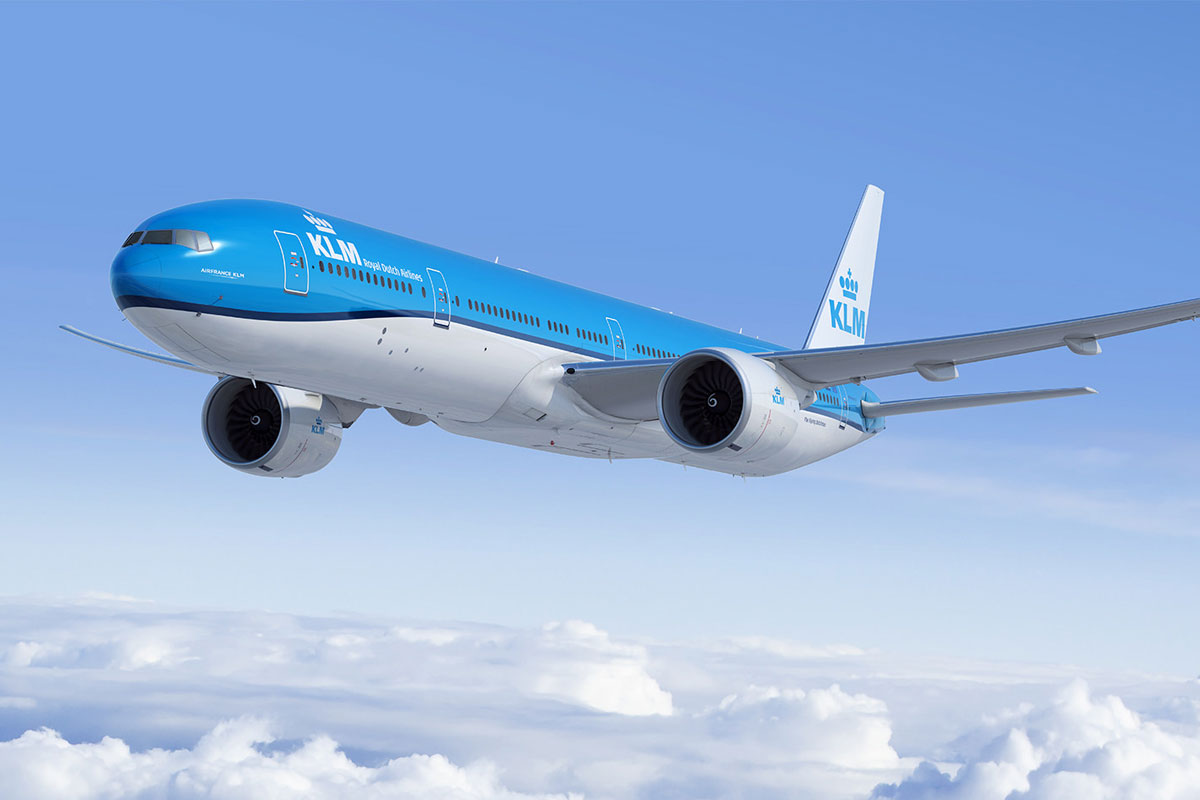The A321XLR, the world’s longest-range twin-engine narrow-body jet, made its first commercial flight on October 5. In fact, a trial launched by Airbus with its own employees.
The MSN11080 prototype, which is powered by Leap-1 engines and has a cabin configured with seats, took off from Toulouse, France, with 167 employees as passengers.
Follow ADN: Instagram | Twitter | Facebook
In addition to them, there were 11 crew members and 22 experts, who took several measurements on board.
The flight lasted 6 hours and 12 minutes and flew over Europe, consuming 30% of its fuel from sustainable sources.
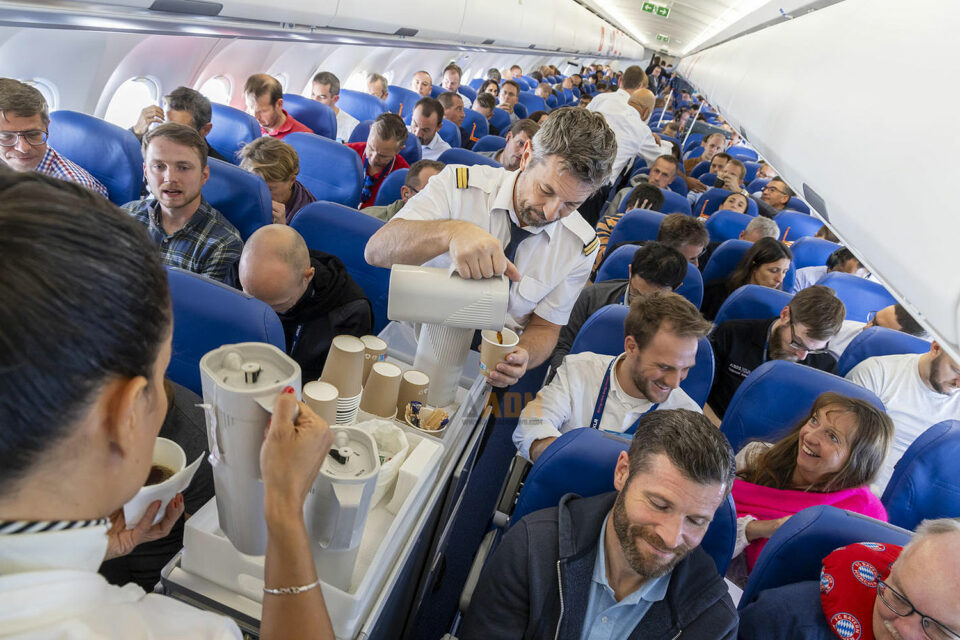
Just like the recent marathon of long flights carried out over 10 consecutive days, the new test is part of the preparations for the A321XLR’s debut into service, within six months.
“By gauging passengers’ perception of cabin comfort, the passenger flight represents an important contribution to the A321XLR’s verification and validation, ensuring full maturity at entry into service for customers in 2024,” explained Airbus.
More than 500 orders
The flight also helped the company improve cabin procedures and cabin environment systems.
To achieve this, experts carried out temperature and noise level measurements on board, as well as resonance tests of the Airspace cabin in various phases of the flight.
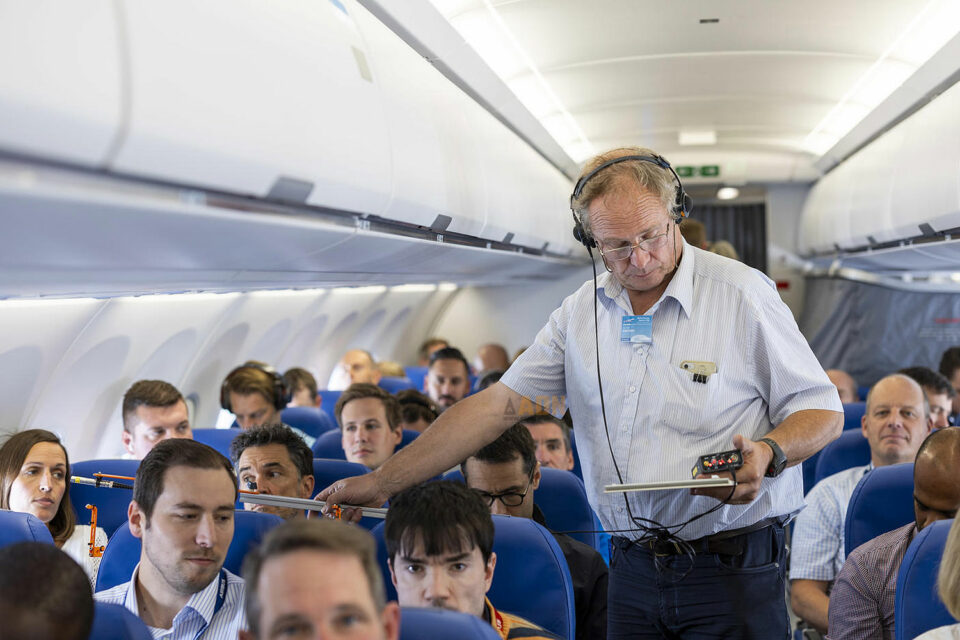
Passengers, most of whom were involved in the A321XLR project, were asked to fill out a form about their impressions of the aircraft.
The A321XLR promises to change the face of long-haul flights by allowing operators to create non-stop routes at a distance of up to 4,700 nautical miles (8,700 km) in a more economical way than widebodies currently offer.
To date, Airbus claims to have more than 500 orders for the variant, placed by at least 20 customers.


